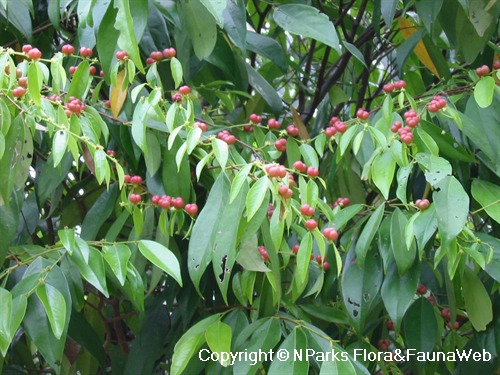
Back
Cleistanthus sumatranus (Miq.) Müll.Arg.
| Family Name: | Phyllanthaceae |
| Synonyms: | Cleistanthus heterophyllus Hook.f., Cleistanthus laevis Hook.f. |
| Common Name: | 闭花木 |
Cleistanthus sumatranus is a tree native to Singapore, growing up to 20 m tall. It has egg-shaped leaves and 5-petalled flowers surrounded by whitish-green bracts covered in dense hairs. The fruit is a purplish red capsule with 3 locules up to 1 cm wide. Long straight hairs are dense along the ridges and grooves.
Name
Classifications and Characteristics
| Plant Division | Angiosperms (Flowering Seed Plants) (Dicotyledon) |
|---|---|
| Plant Growth Form | Tree (Medium (16m-30m)) |
| Lifespan (in Singapore) | Perennial |
| Mode of Nutrition | Autotrophic |
| Plant Shape | Irregular |
| Maximum Height | 20 m |
Biogeography
| Native Distribution | Thailand, Peninsular Malaysia, Singapore, Sumatra, Java, Borneo, the Philippines, Maluku, Lesser Sunda Islands, Vietnam and China. |
|---|---|
| Native Habitat | Terrestrial (Primary Rainforest, Secondary Rainforest, Monsoon Forest, Freshwater Swamp Forest, Riverine) |
| Preferred Climate Zone | Tropical |
| Local Conservation Status | Native to Singapore (Vulnerable (VU)) |
Description and Ethnobotany
| Growth Form | It is a shrub or tree that can grow to 20 m high with brown or greyish brown bark. |
|---|---|
| Foliage | Leaves are leathery, egg-shaped, 1.5 - 10 cm long by 0.5 - 4 cm wide. The leaves are glossy, green above, pale green to bluish green below. |
| Flowers | Flowers are 5-petalled, growing on the axils or on branches in clusters supported by many whitish-green bracts covered in dense hairs. The female flowers are 4 - 5mm wide while the male flowers are 5 - 6 mm wide. |
| Fruit | The fruit consist of 3 locules up to 1 cm wide. It is covered in long straight hairs along the ridges and grooves, ripening from green to purplish-red colour. Each contain up to 2 brown and triangular seeds. |
| Habitat | Occurs in mixed deciduous forest, dry dipterocarp forest, dry and moist evergreen forest, always by streams, altitude up to 775m. |
| Associated Fauna | Its flowers are insect-pollinated. |
| Cultivation | It can be propagated by seed. |
| Etymology | Greek Cleistanthus, hidden flower, referring to the flowers which are hidden by modified leaves; sumatranus, from Sumatra, referring to one locality in the natural distribution of the plant species |
Landscaping Features
| Landscaping | It is suitable for parks and gardens. |
|---|---|
| Landscape Uses | General, Parks & Gardens, Small Gardens, Riverine |
Fauna, Pollination and Dispersal
| Pollination Method(s) | Biotic (Fauna) |
|---|---|
| Seed or Spore Dispersal | Abiotic |
Plant Care and Propagation
| Light Preference | Full Sun |
|---|---|
| Water Preference | Moderate Water, Lots of Water |
| Plant Growth Rate | Moderate |
| Rootzone Tolerance | Moist Soils, Waterlogged Soils (Drains Site), Well-Drained Soils, Fertile Loamy Soils |
| Propagation Method | Seed |
Foliar
| Foliage Retention | Evergreen |
|---|---|
| Mature Foliage Colour(s) | Green |
| Mature Foliage Texture(s) | Leathery |
| Foliar Type | Simple / Unifoliate |
| Foliar Arrangement Along Stem | Alternate |
| Foliar Attachment to Stem | Petiolate |
| Foliar Shape(s) | Non-Palm Foliage (Ovate) |
| Foliar Venation | Pinnate / Net |
| Foliar Margin | Entire |
| Foliar Apex - Tip | Acuminate |
| Foliar Base | Cuneate, Rounded / Obtuse, Truncate / Square |
| Leaf Area Index (LAI) for Green Plot Ratio | 4.0 (Tree - Dense Canopy) |
Non - Foliar and Storage
| Stem Type & Modification | Woody |
|---|---|
| Root Type | Underground (Tap Root) |
Floral (Angiosperm)
| Flower & Plant Sexuality | Unisexual Flowers , Monoecious |
| Flower Colour(s) | White, Green - Light Green |
|---|
| Flower Grouping | Cluster / Inflorescence |
| Flower Location | Axillary |
| Flower Symmetry | Radial |
| Flowering Habit | Polycarpic |
Fruit, Seed and Spore
| Mature Fruit Colour(s) | Red, Purple |
|---|---|
| Fruit Classification | Simple Fruit |
| Fruit Type | Dehiscent Dry Fruit , Capsule |
| Mature Seed Colour(s) | Brown |
References
| References | van Welzen, P.C. & Esser, H. (2005) Cleistanthus. In: Chayamarit, K. & van Welzen, P.C.. Euphorbiaceae (Genera A-F). Flora of Thailand, 8(1): 169−182. |
|---|
Image Repository
Others
| Master ID | 1519 |
|---|---|
| Species ID | 2812 |
| Flora Disclaimer | The information in this website has been compiled from reliable sources, such as reference works on medicinal plants. It is not a substitute for medical advice or treatment and NParks does not purport to provide any medical advice. Readers should always consult his/her physician before using or consuming a plant for medicinal purposes. |

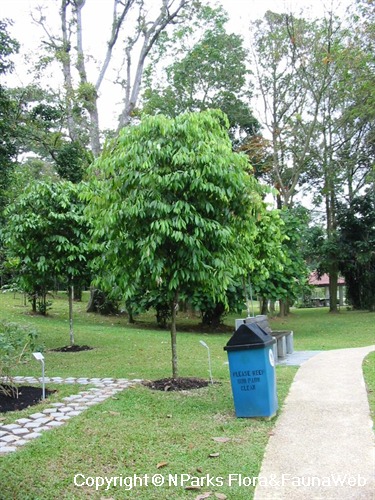
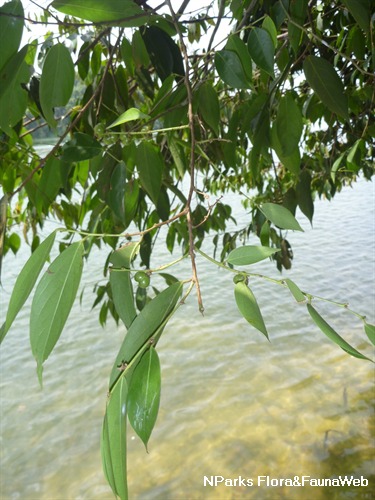
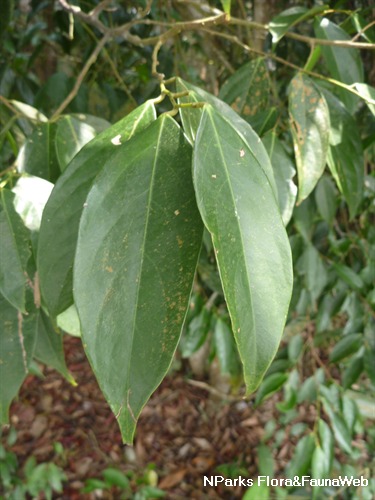
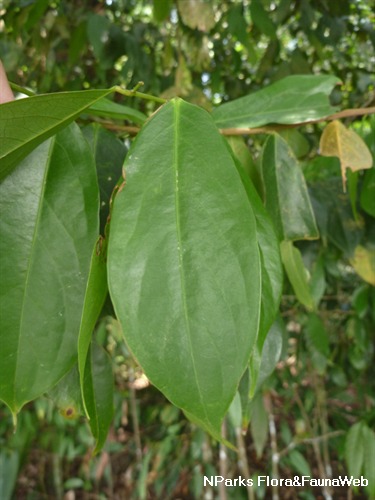
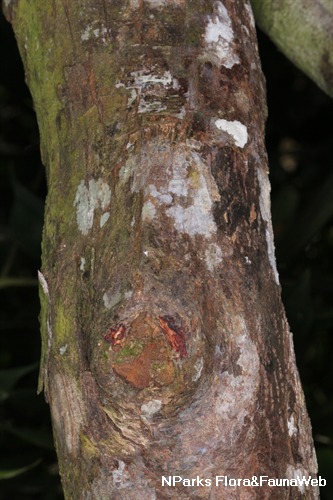
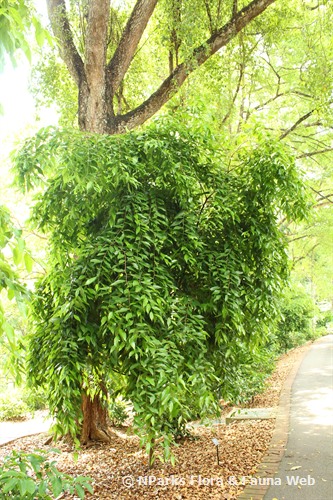
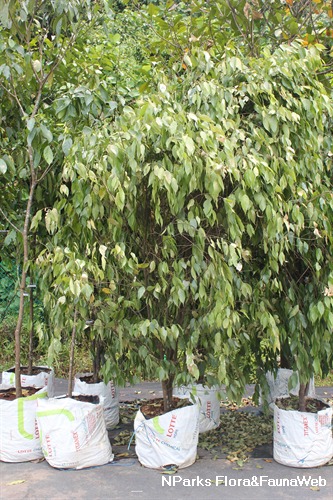
.jpg)